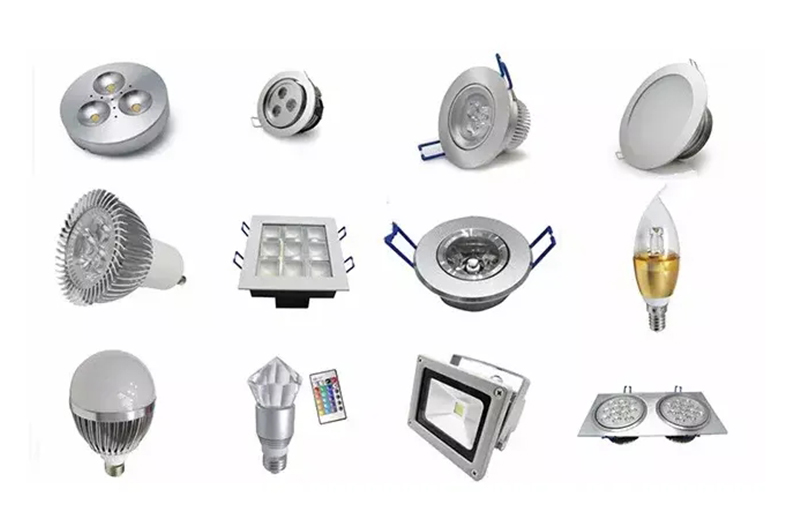Fabrication Aluminium 5005 is not generally hot worked. It is readily cold formable in the annealed condition, as it is a relatively soft and ductile alloy. Forming loads and tool & press wear are generally less than with carbon steel. For piercing and blanking the punch to die clearance should be about 6% of the thickness per side for the H32 & H34 tempers. Sharp tools are required....
Fabrication Aluminium 5005 is not generally hot worked. It is readily cold formable in the annealed condition, as it is a relatively soft and ductile alloy. Forming loads and tool & press wear are generally less than with carbon steel. For piercing and blanking the punch to die clearance should be about 6% of the thickness per side for the H32 & H34 tempers. Sharp tools are required.
Machinability 5005 is readily machinable by conventional methods. It should be machined at high speed with copious lubrication to avoid thermal distortion of the workpiece. Sharp tools are essential. High speed steel or tungsten carbide may be used. Cuts should be deep and continuous, with high cutting speeds. Woodworking machinery may be suitable for short runs.
Welding 5005 is readily weldable by standard techniques. It is frequently welded with GTAW (TIG) or GMAW (MIG). Aluminium must be very dry & clean to avoid contamination & porosity of the weld. Filler metals 1100, 4043 or 4047 are used. 4043 is the most crack tolerant. Best colour match is obtained with 1188 filler metal. Shielding gas must be dry and free of hydrogen.
Heat Treatment Aluminium 5005 is annealed at 345°C, time at temperature and cooling rate are unimportant. Stress relief is rarely required, but can be carried out at about 220°C. If loss of strength is of concern, stress relief tests should be conducted.













